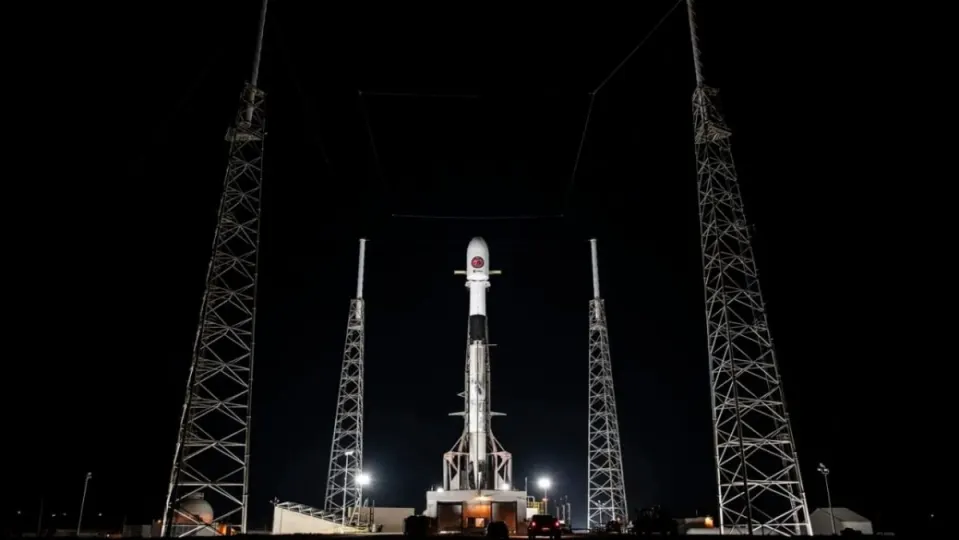The Euclid mission by ESA aims to unveil the mysteries of dark matter and dark energy, which together make up the vast majority of the known universe. ESA, which stands for the European Space Agency, is often referred to as our NASA.
This weekend, the European Space Agency (ESA) successfully launched the Euclid mission: a space telescope that aims to unveil the mysteries of dark matter and dark energy. It can be seen as Europe’s equivalent to the James Webb Space Telescope.
The spacecraft, weighing 2.2 tons and equipped with a 1.2-meter telescope, was transported to space by a SpaceX Falcon 9 rocket and is now on its way to its orbit around the Sun.
A mission that started truncated by the war in Ukraine
Initially, the mission was planned to be launched using a Russian Soyuz rocket from the European spaceport in French Guiana. However, following the Russian invasion of Ukraine, cooperation between the ESA and Russia was interrupted.
Instead, the telescope was launched from the Cape Canaveral Space Station in Florida at 12:11 PM Eastern Time on Saturday, July 1st.
The telescope is headed towards an orbit known as L2, the second Lagrange point, which is the same orbit used by the James Webb Space Telescope and other space telescopes.
This orbit provides great stability, which is especially important for a mission like Euclid, whose goal is to collect extremely detailed observations of the universe.
Euclid is expected to reach L2 within a period of four weeks and then undergo two months of preparations before starting scientific observations in early October.
Euclid will conduct broad and deep surveys of the universe, combining images to create a map of the universe that helps unravel two mysterious concepts: dark matter, which makes up about 27% of all that exists, and dark energy, which accounts for about 68% of the universe.
Every atom, molecule, and speck of observable matter constitutes the tiny remaining 5 percent, known as ordinary or baryonic matter.
Unraveling the mysteries of dark matter and dark energy is crucial for our understanding of the universe. These elusive phenomena have been inferred from the movements of galaxies and the way the universe expands. However, studying them poses significant challenges because dark matter does not interact with light, and dark energy remains an unknown form of energy.
To find evidence of their existence, we need to explore on a grand scale.
You might wonder why Euclid will only survey one-third of the sky. The reason is that distant galaxies in other areas of the sky are obscured by closer stars and dust within our own galaxy. These objects are simply not visible. Best of luck to Euclid in its ambitious mission to shed light on these cosmic mysteries.
Some of the links added in the article are part of affiliate campaigns and may represent benefits for Softonic.


